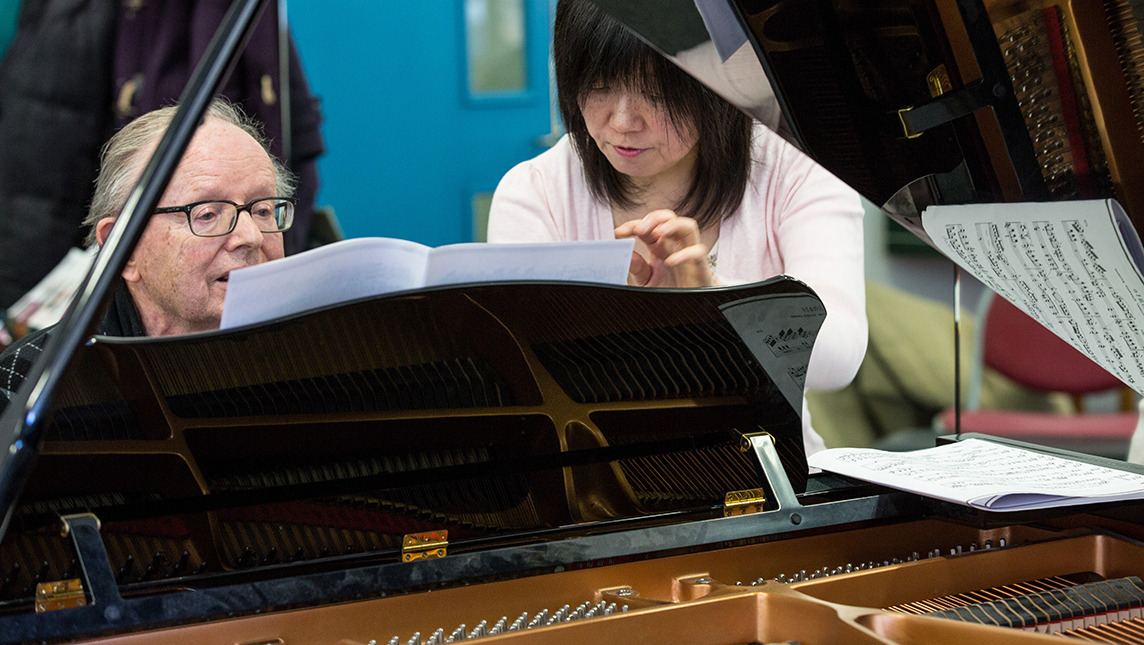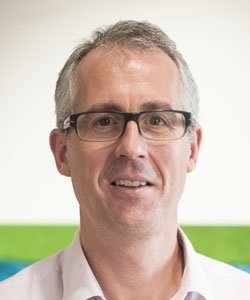
Fine-tuning resources at Morley College
Since attending a Jisc event on intelligent campus, Jon Cole, head of management information services, has been working with Jisc and Safehouse to explore ways sensors can capture data from around campus to inform decisions and fine-tune efficiencies.
The cost of tuning 33 pianos twice a term and a pair of harpsichords every two weeks will strike a familiar chord with many further education music departments.
But what if only some of those instruments needed tuning? What if some were barely being played? Could you save money by only tuning the instruments you were confident needed it?
Jon Cole of Morley College who’s on a mission to ensure the college maximises the full potential of its facilities, says:

“At the moment we don’t know, but we’re going to find out.
“Steinways, grand pianos and harpsichords must be kept in tip-top condition, and that comes at a cost. If there’s data available that helps us to reduce that, we want to find it.
“Thanks to funding from Jisc to pilot Internet of Things technology, we’ve installed two types of sensors into 35 instruments, one will capture data on environmental conditions – temperature, humidity and light – and the other, small 2cm x 5cm accelerometers, will measure the intensity at which they are being played.
“We hope that once the data starts populating the dashboards Jisc has built for us, we will begin to see how we can be more efficient with our maintenance. Who knows, if we find that some pianos are being played too intensively, we may even be able to use the data as a teaching aid.”
It’s not just musical instruments collecting data but classrooms and offices too. The campus is a varied mix of 20th-century architecture from the 20s, 50s and 70s which can create challenges.
“Some rooms have windows that can be opened, others don’t; some have air-conditioning, others don’t, so regulating temperature across the whole campus can be a challenge for the facilities team. We know anecdotally that some rooms might be warmer than we’d like in summer and others too bright or dark at certain times of day, but without quantifiable evidence it’s difficult to act on that information. What is the optimum room temperature for learning anyway?”
Testing the technology
As part of an initial trial, Jon and the team have installed sensors and feedback buttons in five rooms on campus: two classrooms, including an IT suite, a staff room, and two open-plan offices.
The feedback buttons will capture whether students and staff were happy with the conditions of the room while the sensors will collect data on motion and environmental conditions. This will all be fed into the dashboards so the data can be read.
Senior co-design design manager Sam Thornton, who’s been leading Jisc’s work on the project says:
“The dashboards we’ve developed for Morley College will turn data from the sensors into usable information. We’ll combine it with other information, such as external weather and timetabling data, to provide a complete picture of conditions. It’s a product we’re now hoping to offer members across the country.”
One challenge Jon is hoping to help solve at his college is capacity. He explains:
“We know that booked rooms are not always used but what we don’t know is when and how often this happens. Some sessions may be shoe-horned into gaps in the timetable or at less desirable times but having a full picture of when rooms aren’t being used would give us the flexibility to accommodate more sessions at times our students wanted.
“Evenings are typically our busiest time but as we become more and more successful, our capacity challenges are extending to all times of day. It’s never been so important for the college to be capturing this data as it is now.”
A key priority for Jon from the start was capturing and using the data ethically:
“Although we’re not capturing any personal data, as soon as you start to combine it with other information such as who is using a room, you need to give serious consideration to data sensitivity. We’re making sure staff and students are aware that no sound or images are being capture and putting labels in the rooms where the sensors are explaining what they are and how they could help improve their learning experience. It’s an area we’ll be focusing on throughout the trial.
“Now students are back on campus and the teething problems we had with sensors have been resolved, we’re at the exciting point where we can start to see the dashboards fill with data”, concludes Jon. “Any trends around environmental conditions and learning outcomes will only be visible in the long term but I’m hoping other useful insights will be available before the end of term.”